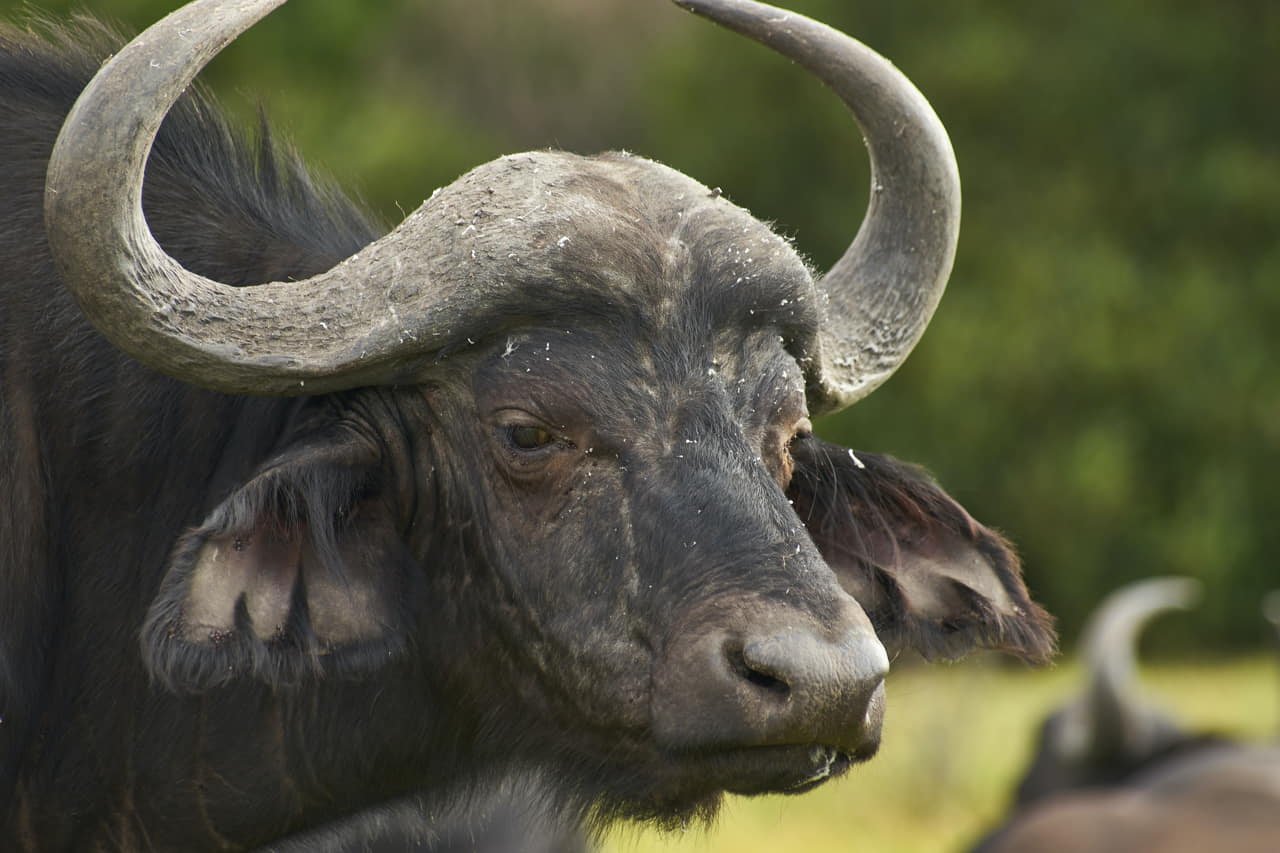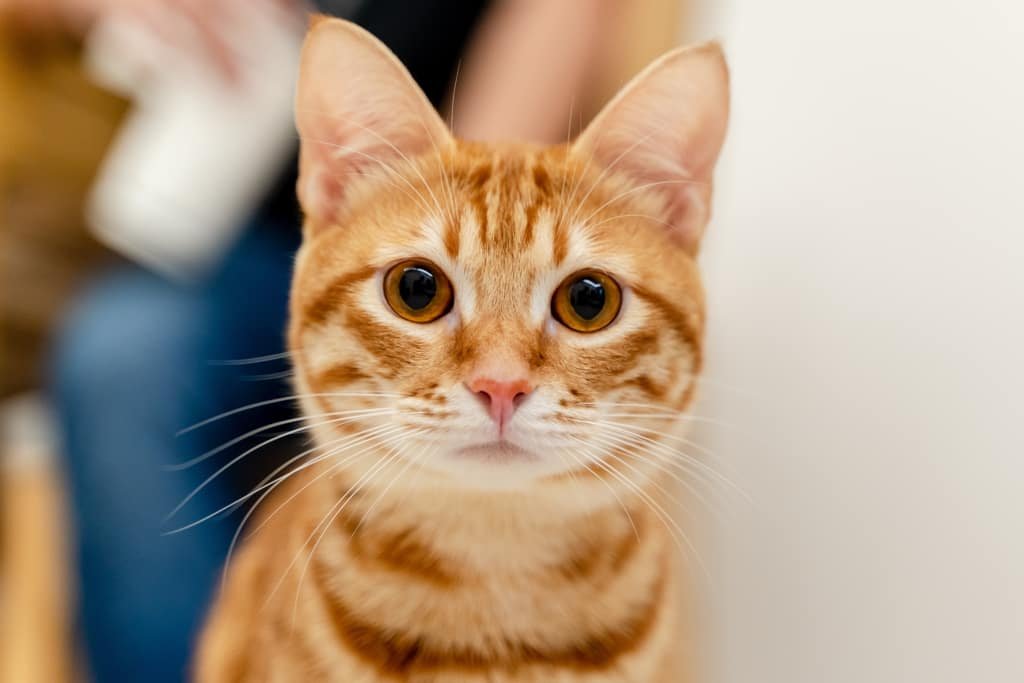The Housefly is a well-known insect. Most people consider it to be a pest. It serves as a food source for many insects. The Housefly is a pest in many ways, but it is also beneficial in many others. The fly has three parts: a head, a thorax, and an abdomen. It is furry and has large compound eyes. Its two wings are so thin that you can see the veins running through them. It has a part in their mouth they use for sucking food and water. It is black in color with grey stripes and has air holes on the side called spiracles. These are used to inhale and exhale. So take a look at these fascinating housefly facts.
- A housefly can only ingest liquid material. They regurgitate their food to liquefy the food that they are going to eat.
- One of the most dangerous insects in the world is the Common Housefly. They carry and transmit more diseases than any other animal in the world.
- They carry over 65 to 100 types of deadly diseases such as cholera, typhoid fever, tuberculosis, and Conjunctivitis.
- Common Housefly is in existence for about 50 million years.
- The Common Housefly’s average airspeed is about 5 miles per hour (8 kph).

- Most houseflies’ lifespan is short and is of only 14 to 25 days, and they reach the age of maturity at ten days. Some species of Houseflies can also live for about 60 days.
- Housefly lay eggs in warm and moist weather conditions. The female Housefly may lay about 75 to 100 eggs in a total of five to six batches.
- In a lifetime housefly can lay as many as 500 eggs.
- They stay within a radius of 1-2 miles(1.5 km to 3 km) where they were born, but they can travel as much as 20 miles (32 km) in search of food.
- In warm and suitable conditions, the eggs hatch in 12 to 24 hours duration.
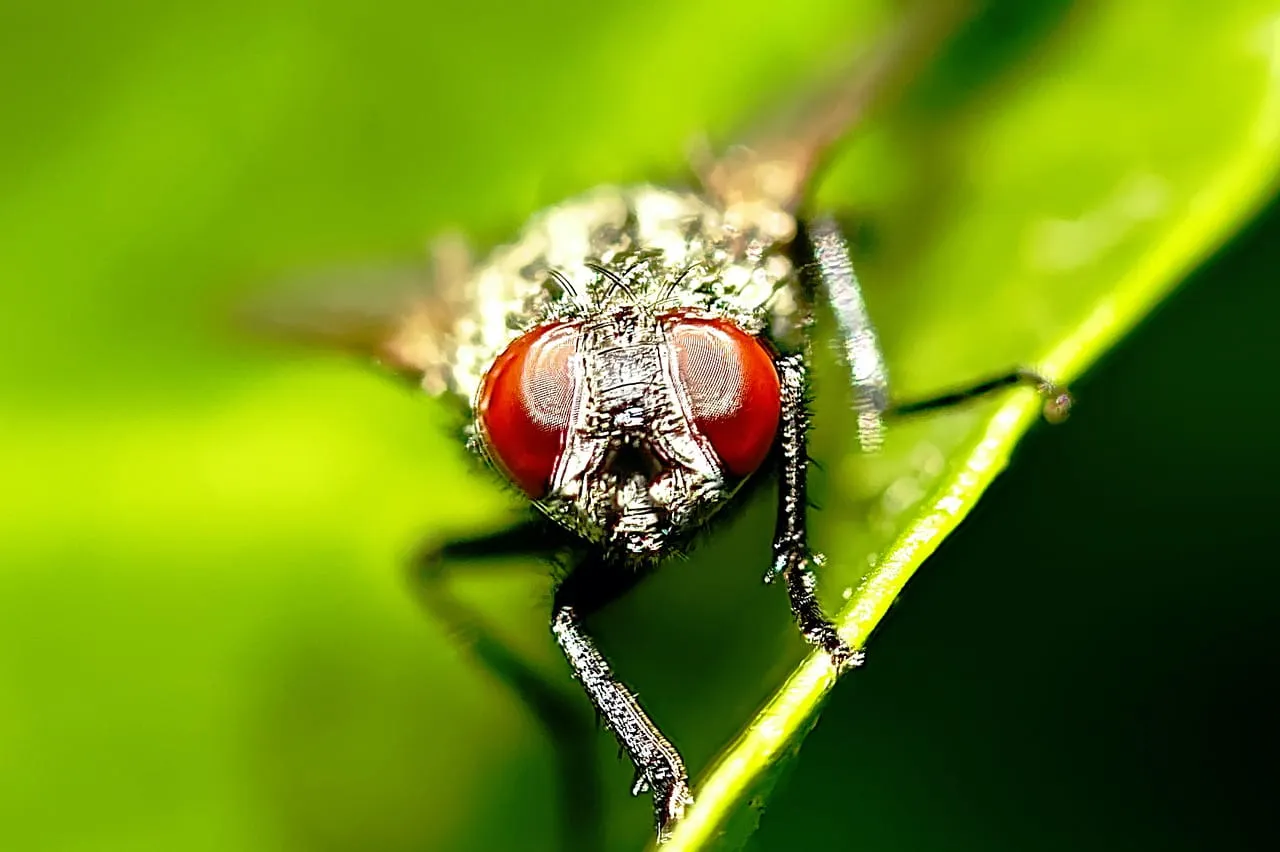
- The young ones of houseflies are often called maggots.
- The formation of houseflies bbaby’stake place into four stages, also called as metamorphosis. Firstly egg will be developed; secondly, it will transform into larvae, then its form as a pupa, and finally, it will give rise to an insect. The whole procedure takes about ten days.
- They have a total of 6 legs which they also use to taste food or things they land onto.
- There are tiny hairs on their legs that act as similar to human taste buds.
- Houseflies depend entirely on a liquid diet and use their saliva to change solids into liquids.
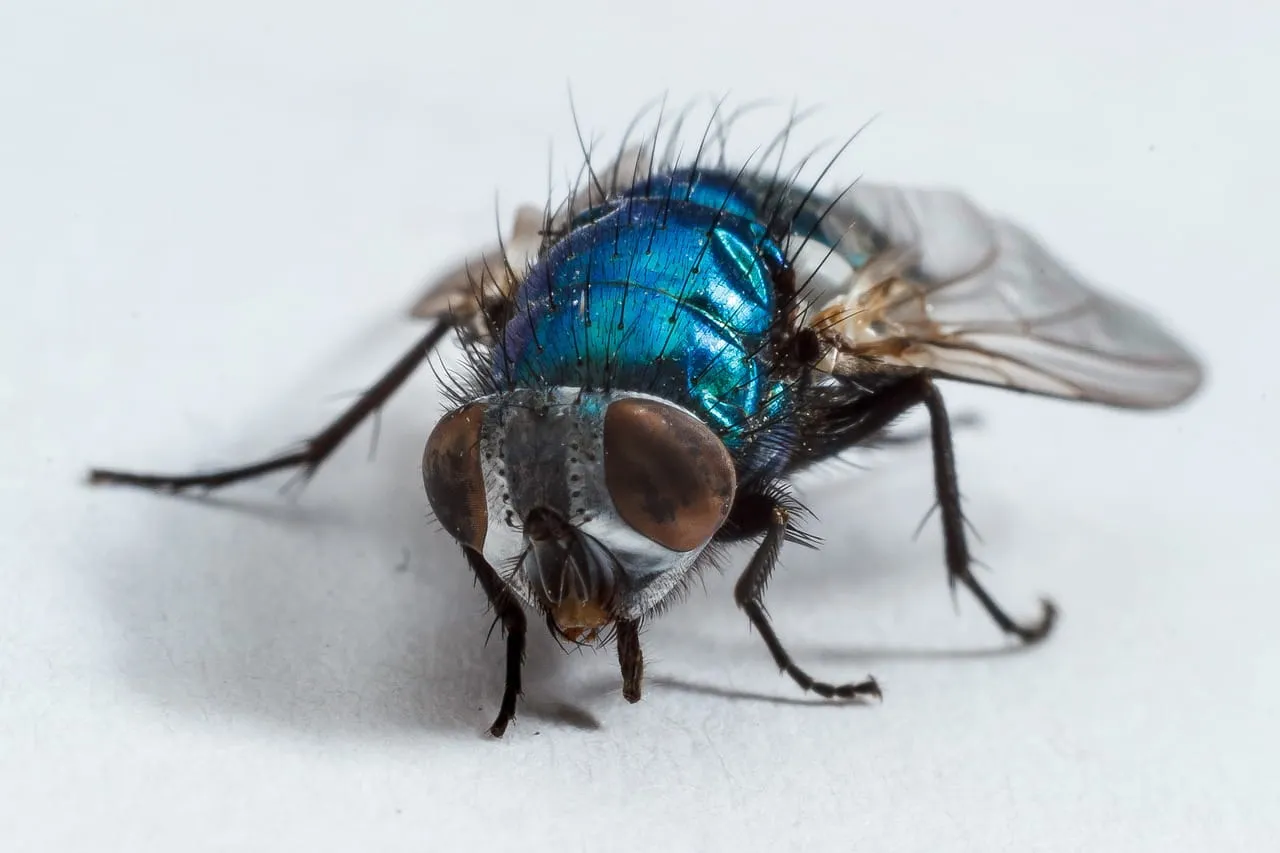
- They feed themselves from decaying food, sugar, and flower nectar.
- Recycling! A housefly regurgitates the food it eats and then eats it again!
- After eating, a housefly regurgitates its food and then eats it again!
- They don’t have teeth or the ability to sting.
- HHousefly’shave an excellent hearing system besides having so small body. They can hear and respond to frequencies of 38-44 kHz. At the same time, hearing of humans is limited as compared to mosquitoes and houseflies.

- Houseflies are intelligent as well; a new study found that they think before acting, and they think quickly than humans on some tricks.
- Houseflies have two compound eyes made up of about four thousand small lenses. Their eyes can easily see the color spectrum and polarization of light.
- Their eyes can detect the slightest movements in a wide piece of land.
- While in the air, they flap their wings about 200 times per second.
- Unlike many other insects, they have only one pair of wings (2 wings in total).
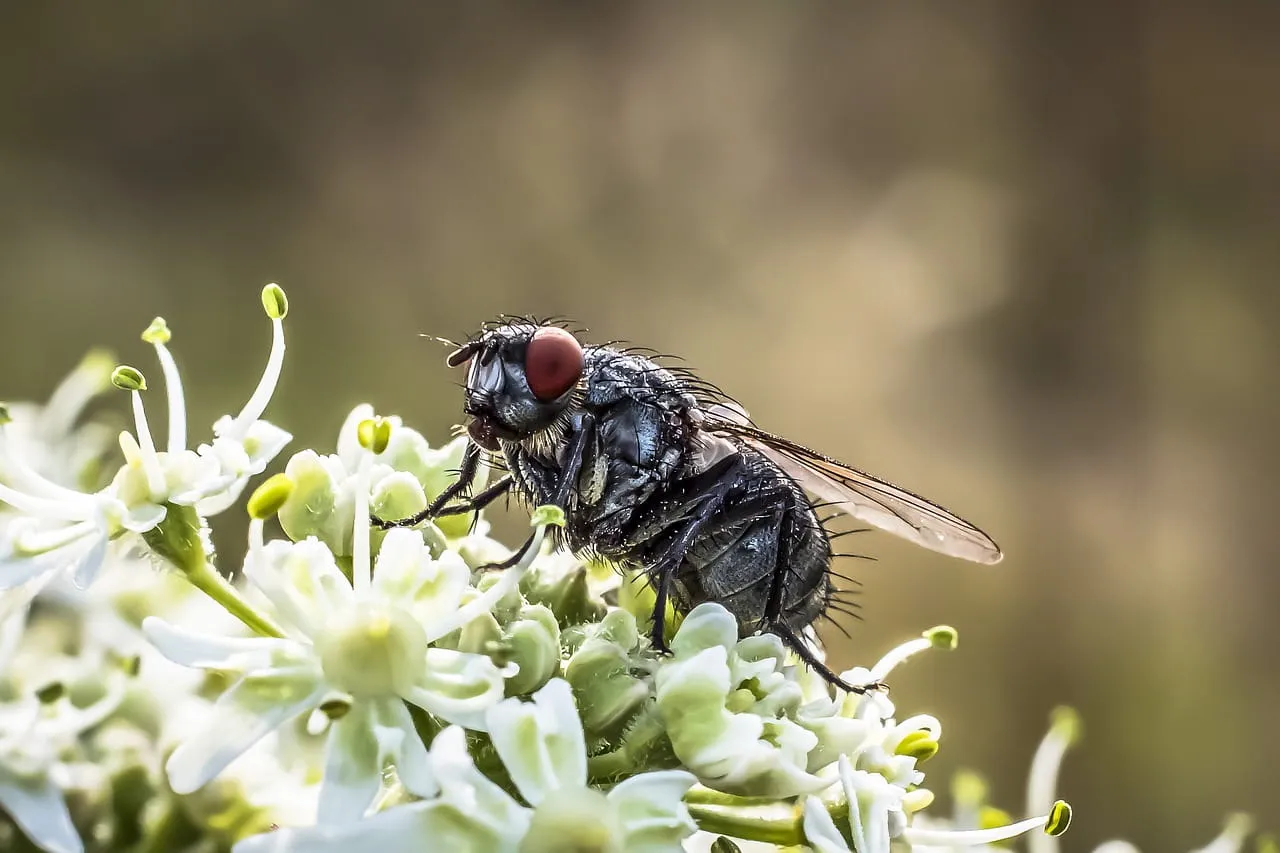
- They are highly active during the daytime, and they rest at night.
- Houseflies sleep at night or take small naps in the night. They don’t find any particular place for sleeping like where there is no danger from predators, and instead, they sleep anywhere.
- They have a good sense of smell and mostly depend on this sense to find food. Their antennas act as smelling agents for them.
- There are more than 120,000 species of flies in the world.
- For each person on the planet, there are 17 million houseflies.



